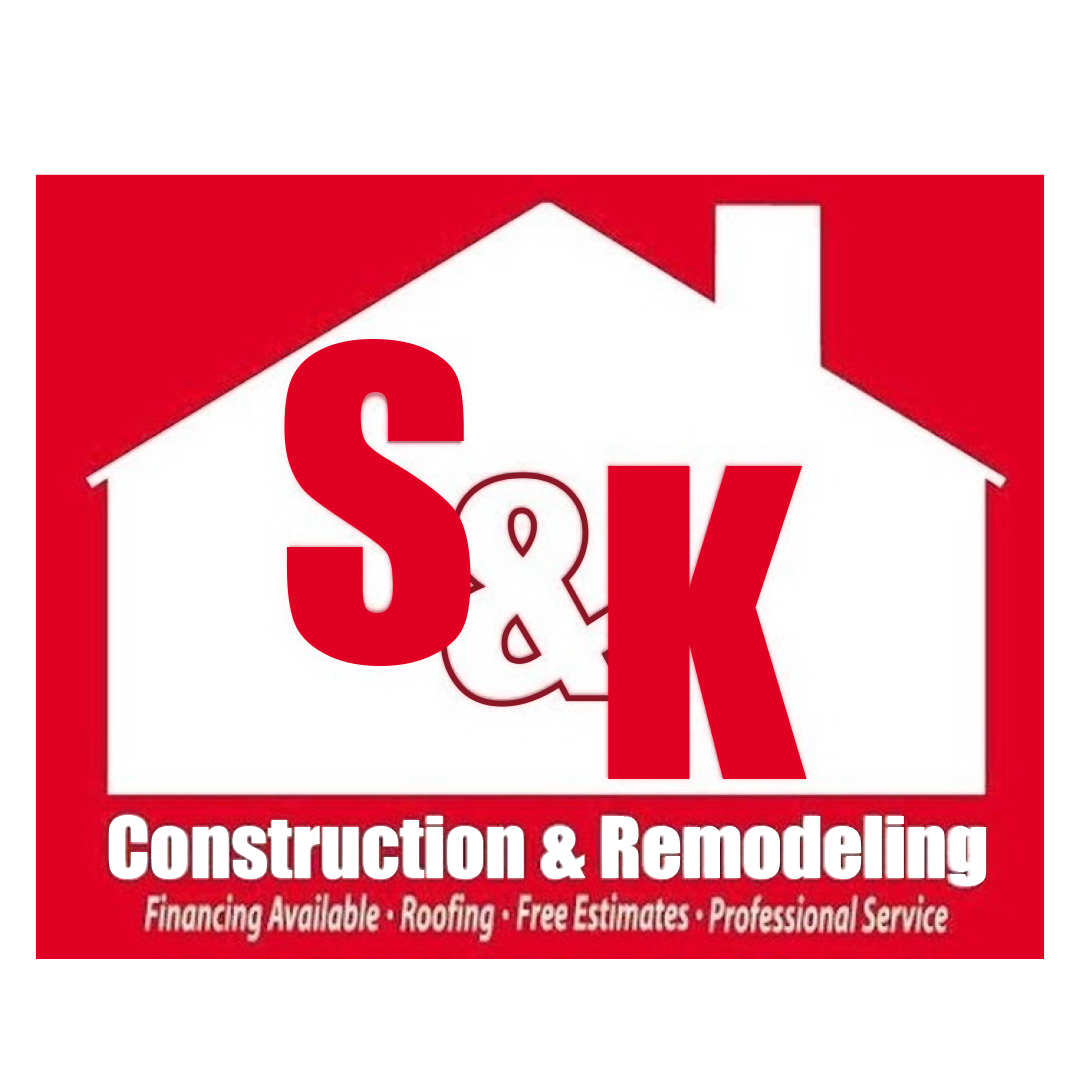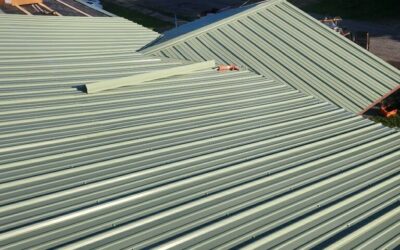Converting Roof Squares to Square Feet: A Complete Guide for Homeowners
When planning a roofing project, one of the most common questions people ask is how to convert roof squares to square feet. Roofers often talk in terms of “squares,” while homeowners usually think in square feet. Understanding this relationship is crucial for estimating materials, calculating labor, and setting an accurate budget. If you’re preparing for a roof replacement or even a small repair, knowing how roof squares translate into square footage will give you confidence and clarity in discussions with contractors.
This guide explains everything you need to know about roof squares, square footage, and how they connect. We’ll also dive into material estimation, roof pitch adjustments, and practical examples so that by the end, you’ll be able to calculate roof size like a pro.
What Is a Roof Square?
A “roof square” is a standard measurement used in the roofing industry. It equals 100 square feet of roof surface. This makes communication easier because roofs are often irregular shapes, and talking in terms of squares simplifies the math.
For example:
- 1 square = 100 square feet
- 10 squares = 1,000 square feet
- 25 squares = 2,500 square feet
This system is universal among roofers, suppliers, and manufacturers. When you buy shingles, they’re packaged according to how many squares they cover.
Why Use Roof Squares Instead of Square Feet?
The roofing industry uses roof squares instead of only square feet for a few reasons:
- Convenience: Roof projects are usually hundreds or thousands of square feet. Dividing into squares makes the numbers easier to manage.
- Shingle Packaging: Shingles are bundled to cover about one-third of a square. Three bundles = one square.
- Consistency: Roofing professionals can quickly estimate costs and materials by counting squares.
- Industry Standard: Since roofers, suppliers, and manufacturers all use squares, it keeps everyone on the same page.
How to Convert Roof Squares to Square Feet
The formula is simple:
Number of Roof Squares × 100 = Total Square Feet
Examples:
- 15 squares = 1,500 square feet
- 22 squares = 2,200 square feet
- 30 squares = 3,000 square feet
This direct conversion is straightforward, but you also need to consider roof pitch and waste, which add complexity.
Accounting for Roof Pitch
Roof pitch is the slope of the roof. It affects how much actual surface area exists compared to the flat footprint of the house. A steeper roof has more surface area than a low-slope roof, even if the base dimensions are the same.
Common Pitches and Multipliers
- 3/12 pitch: Multiply footprint by 1.03
- 6/12 pitch: Multiply footprint by 1.12
- 9/12 pitch: Multiply footprint by 1.25
- 12/12 pitch: Multiply footprint by 1.41
So if your home has a 1,000 square foot footprint and a 6/12 pitch roof:
1,000 × 1.12 = 1,120 square feet of roofing surface, or 11.2 squares.
Allowing for Waste
When ordering shingles, roofers always include extra material for waste. Shingles need to be trimmed at edges, valleys, hips, and ridges, which creates offcuts.
Typical waste factors:
- Simple roof (few angles): 5–7% waste
- Moderate roof (some hips/valleys): 10% waste
- Complex roof (many angles, dormers): 15%+ waste
So, if you calculate 20 squares, you may need to order 22 squares of shingles to ensure full coverage.
Real-Life Example: Converting Roof Squares to Square Feet
Let’s say your house footprint is 40 feet by 30 feet = 1,200 square feet.
Your roof has two sides (gable roof), so total flat area = 2,400 square feet.
The pitch is 6/12, which means a 1.12 multiplier.
2,400 × 1.12 = 2,688 square feet.
Convert to squares: 2,688 ÷ 100 = 26.88 squares.
Round up to 27 squares. Add 10% waste = 29.7 squares.
So you would order about 30 squares of shingles, or roughly 90 bundles.
How Roof Squares Help With Cost Estimates
Most roofing companies base labor and material costs on the number of squares. A contractor might quote a price “per square,” which bundles labor, shingles, underlayment, nails, flashing, and disposal into one number.
Typical cost per square:
- Asphalt shingles: $350 – $550
- Metal roofing: $700 – $1,200
- Tile roofing: $800 – $1,500
- Slate roofing: $1,200 – $2,000
If your roof is 25 squares, and the quote is $400 per square, total cost = $10,000.
Common Mistakes in Conversion
- Forgetting Roof Pitch: Many homeowners calculate only the footprint, ignoring slope. This underestimates the size.
- Not Including Waste: Always add 5–15% extra.
- Mixing Up Units: Remember that a “square” is 100 square feet, not a 10 ft × 10 ft square piece.
- Ignoring Roof Features: Dormers, skylights, and overhangs change the total area.
Tools to Help With Roof Measurement
- Tape Measure: For smaller or accessible roofs.
- Laser Distance Tool: Measures lengths more safely from the ground.
- Aerial Measurement Apps: Some contractors use drones or satellite tools.
- Roofing Calculator: Online calculators can quickly convert roof squares to square feet with pitch adjustments.
Roof Squares and Material Estimation
Besides shingles, other materials are estimated by squares:
- Underlayment: Sold in rolls covering about 4 squares.
- Ice and Water Shield: Covers fewer squares; used at edges/valleys.
- Nails: One square of shingles requires about 320 nails.
- Ridge Caps: Ordered by linear feet but tied to roof square count.
Knowing your roof in both squares and square feet ensures accurate ordering.
Benefits of Understanding Both Units
- Clear Communication: You’ll understand contractor quotes.
- Budgeting Accuracy: No surprises in material quantities.
- DIY Planning: If you handle small repairs, you can buy the right amount.
- Confidence: You won’t feel lost when roofers discuss measurements.
FAQs About Roof Squares and Square Feet
Q: How many bundles of shingles are in a square?
A: Typically three bundles = one square.
Q: Is a roof square always exactly 100 square feet?
A: Yes, but remember pitch and waste affect total squares needed.
Q: Can I just measure my house and skip roof calculations?
A: No. The roof surface is larger due to slope.
Q: Do flat roofs use squares too?
A: Yes, but the slope multiplier is minimal, so calculations are easier.
Practical Walkthrough: Step-by-Step
- Measure the length and width of each roof plane.
- Multiply length × width = area of each plane.
- Add all plane areas = total flat area.
- Multiply by pitch factor = adjusted roof area.
- Divide by 100 = number of squares.
- Add waste percentage = final number of squares to order.
Long-Term Value of Knowing Roof Squares
Even if you aren’t installing the roof yourself, knowing how to convert roof squares to square feet empowers you as a homeowner. You’ll:
- Avoid being overcharged
- Understand why contractors recommend certain material amounts
- Have the ability to compare quotes accurately
- Ensure you’re not under-ordering or wasting money on too many supplies
Conclusion
The relationship between roof squares to square feet is simple—one square equals 100 square feet—but the real challenge comes from pitch adjustments, waste factors, and unique roof designs. By understanding these conversions and applying them to your own home, you’ll be able to confidently plan roofing projects, communicate clearly with contractors, and make informed financial decisions. Whether you’re ordering shingles, estimating costs, or simply learning about your home, mastering this basic roofing measurement is a powerful tool.440-235-3124
 (440) 307-2060
(440) 307-2060


